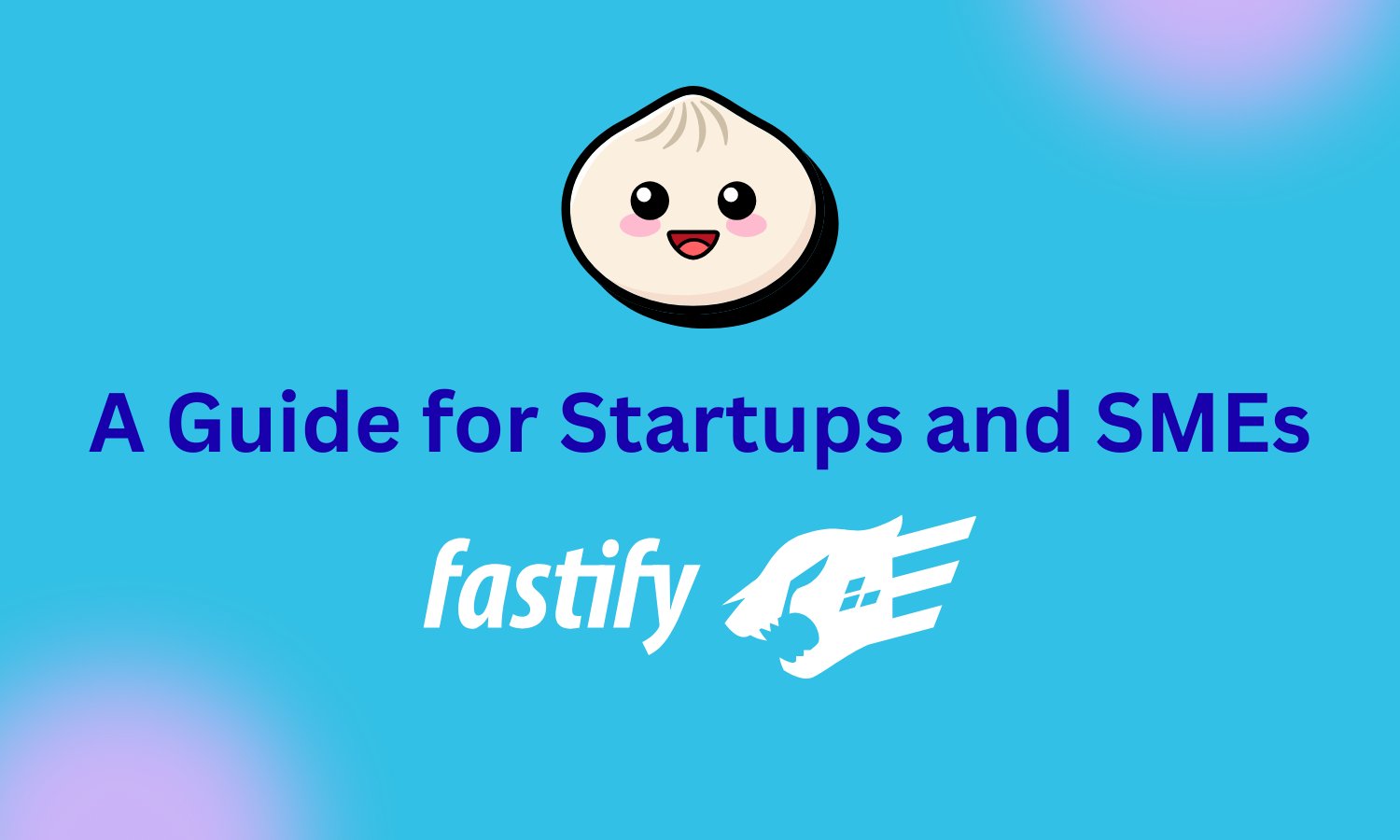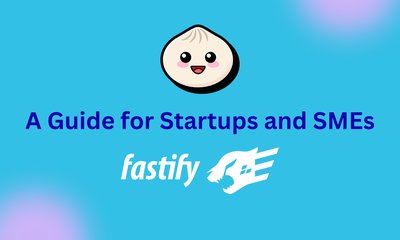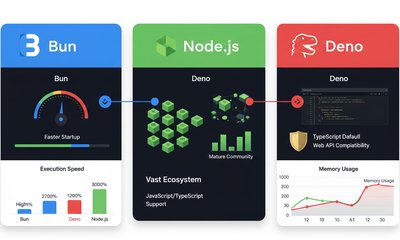Building Ultra-Fast APIs with Node.js, Bun, and Fastify: A Guide for Startups and SMEs
By hungpd, at: Oct. 10, 2025, 7:34 a.m.
Estimated Reading Time: __READING_TIME__ minutes


What if you could cut your cloud hosting costs by 30% and boost API performance by 50% without a complete rewrite?
For startups and SMEs, where every millisecond and every dollar counts, a new stack is changing the game: Bun + Fastify.
This is not just about writing faster code. It is about building a foundation that delivers scalable growth, lean operations, and superior customer experienceall from day one.
Why Bun + Fastify Is Relevant for SMEs and Startups
-
Performance = Customer Experience
Faster APIs mean shorter load times, higher engagement, and better retention.
-
Efficiency = Cost Savings
Handle more requests per server and watch your cloud bill shrink.
-
Future-Ready = Competitive Edge
Adopt runtimes and frameworks designed for the next decade serverless, edge computing, and AI integrations.
This stack is not about chasing shiny tools, it’s about real business value.
Setting Up Bun + Fastify
# Initialize Bun project
bun init
# Add Fastify
bun add fastify
Minimal Fastify app on Bun:
import Fastify from "fastify";
const app = Fastify({ logger: true });
app.get("/", async () => {
return { status: "ok", message: "Powered by Bun + Fastify" };
});
await app.listen({ port: 3000 });
You’ve just created a high-performance API in under 15 lines—and it’s already faster than most legacy Express setups.
Advanced API Design with Bun + Fastify
1. Schema-Driven Validation: Defensive Code = Fewer Fires Later
app.post("/users", {
schema: {
body: {
type: "object",
required: ["email", "password"],
properties: {
email: { type: "string", format: "email" },
password: { type: "string", minLength: 8 },
},
},
},
}, async (request, reply) => {
const { email } = request.body as { email: string; password: string };
return { success: true, email };
});
This isn’t just about clean code. It’s a proactive defense against bad data that could otherwise cascade into bugs, user frustration, or costly support tickets. For a startup, that’s fewer late-night emergencies and happier customers.
2. JWT Authentication: Scale Users Without Scaling Complexity
import jwt from "@fastify/jwt";
app.register(jwt, { secret: process.env.JWT_SECRET || "supersecret" });
app.post("/login", async (req, reply) => {
const token = app.jwt.sign({ user: "demo" }, { expiresIn: "1h" });
return { token };
});
app.get("/profile", { preValidation: [app.authenticate] }, async (req) => {
return { user: req.user };
});
A stateless authentication system means as your user base grows from hundreds to millions, your API can scale horizontally across multiple cloud instances without introducing a single point of failure. This is scalability by design, not as an afterthought.
3. Observability with OpenTelemetry: An MRI for Your API
import { trace, context } from "@opentelemetry/api";
app.addHook("onRequest", async (req) => {
const span = trace.getTracer("api").startSpan(`HTTP ${req.method} ${req.url}`);
req.headers["trace-id"] = span.spanContext().traceId;
context.with(trace.setSpan(context.active(), span), () => {});
});
Think of this as an MRI for your API. Instead of guessing why a request takes 500ms, you can pinpoint the exact bottleneck whether it’s a database query, a third-party API, or your own service. This is the difference between a routine fix at 3 PM and a panic outage at 3 AM.
4. Microservices-Ready Plugins: Build Once, Scale Everywhere
// plugins/db.ts
import fp from "fastify-plugin";
import { Client } from "pg";
export default fp(async (app) => {
const client = new Client({ connectionString: process.env.DATABASE_URL });
await client.connect();
app.decorate("db", client);
});
Fastify’s plugin system ensures your services are modular, reusable, and ready for containerization. This means you can start lean with a monolith, then break into microservices as your product and team grow without a full rewrite.
Performance Insights
-
Bun + Fastify can handle 30–50% more requests per second than Node.js + Express.
-
Cold start times are drastically lower, making it ideal for serverless and edge deployments.
For startups, this translates directly into:
-
Lower AWS/GCP bills.
-
Better UX at scale.
-
A competitive edge against slower incumbents.
Risks and Caveats
-
Bun is new and evolving. Some Node.js APIs still lack full support.
-
Migration from Express or Koa requires planning.
-
For mission-critical apps, run dual benchmarks (Node vs Bun) before full adoption.
When to Use Bun + Fastify
Use it if:
-
You’re building new APIs and want maximum performance.
-
You’re running serverless workloads where latency matters.
-
You want future-ready tooling out of the box.
Avoid (for now) if:
-
You rely heavily on legacy Node.js libraries.
-
Stability outweighs innovation for your current stage.
Conclusion: Business Value of Bun + Fastify
For startups and SMEs, Bun + Fastify isn’t just a technical choice, it’s a business strategy.
-
Faster APIs = Happier customers.
-
Efficient runtime = Lower infrastructure costs.
-
Modern tooling = Faster developer onboarding and iteration.
This stack helps you scale without burning capital and puts you ahead of competitors still stuck on legacy tech.





